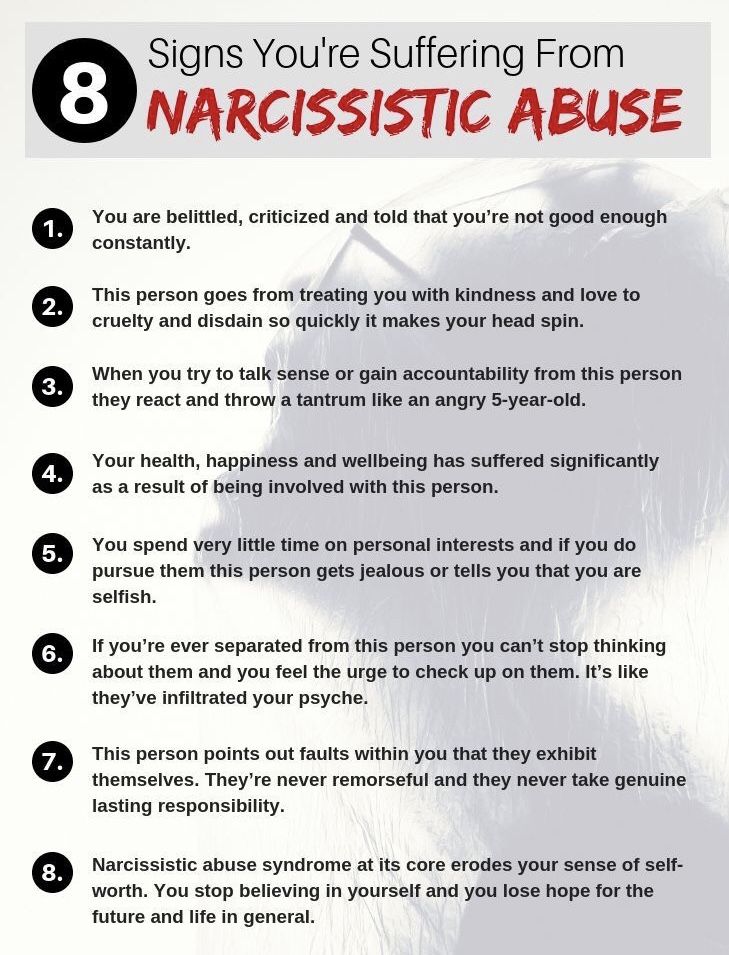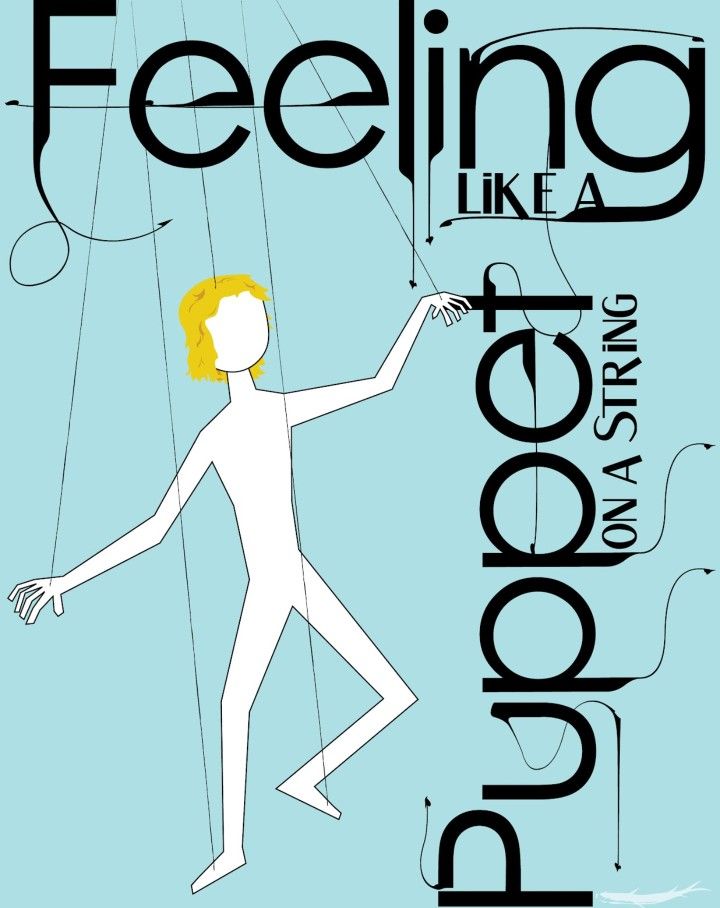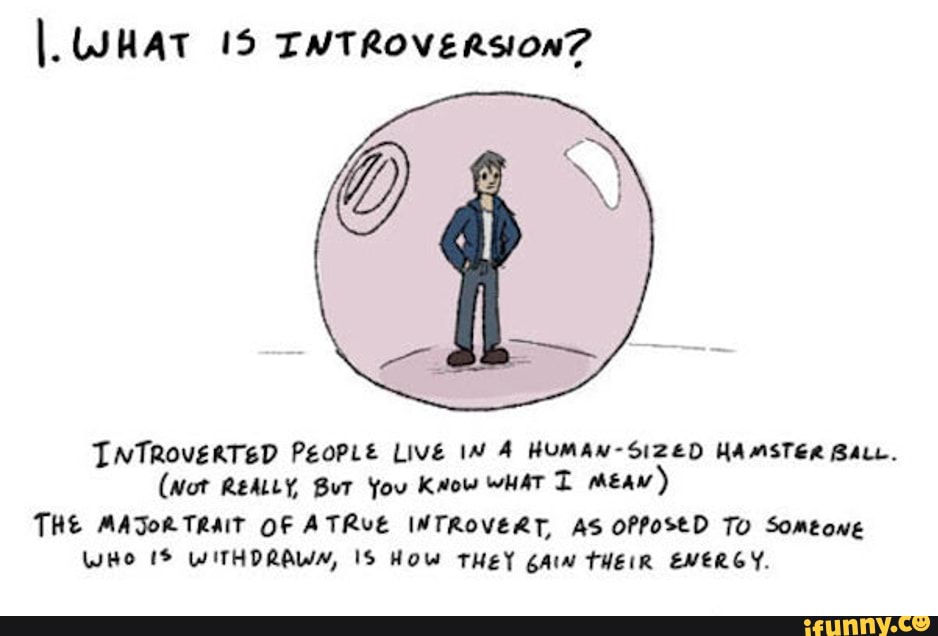How to get a routine
How to Build a Daily Routine That Works for You
5 Steps to Organize Your Schedule and Stick to It
By
Elizabeth Larkin
Elizabeth Larkin
Elizabeth Larkin is a professional organizer with a strong interest in productivity, time management, and process refinement. She used her organizational skills and effectiveness to pen articles with helpful information on cleaning, organizing living spaces, and decluttering.
Learn more about The Spruce's Editorial Process
Updated on 02/15/23
Reviewed by
Katherine Picott
Reviewed by Katherine Picott
Katherine is a professional home organizer, certified KonMari consultant, and member of The Spruce's Cleaning and Organizing Review Board. She launched her own professional organizing business, Tidy Milso, in the summer of 2020, to help reorient those feeling overwhelmed with both clutter and disorganization in their homes.
Learn more about The Spruce's Review Board
The Spruce / Ruthie Darling
Figuring out how to create a daily routine that works for you—and how to stick to it—can take some time. What should your perfect daily routine contain? That depends on your needs. Figure out what you have to get done and when. You also need to be honest about your lifestyle, including your bandwidth and time-management abilities, to create a reasonable work routine you can stick to.
Here are five steps to help you make a daily routine for yourself, even if you've never had one.
-
Make a List
Figuring out how to write a daily routine begins by writing down everything you need to get done daily, both at home and at work. Don’t worry about how you organize this list; this is a brain dump, not a to-do list. Simply jot down everything you do each day, as well as everything you should get done.
If you feel like it's too hard to remember all the tasks in one sitting, carry around a notebook to take notes throughout the day.
The Spruce / Ruthie Darling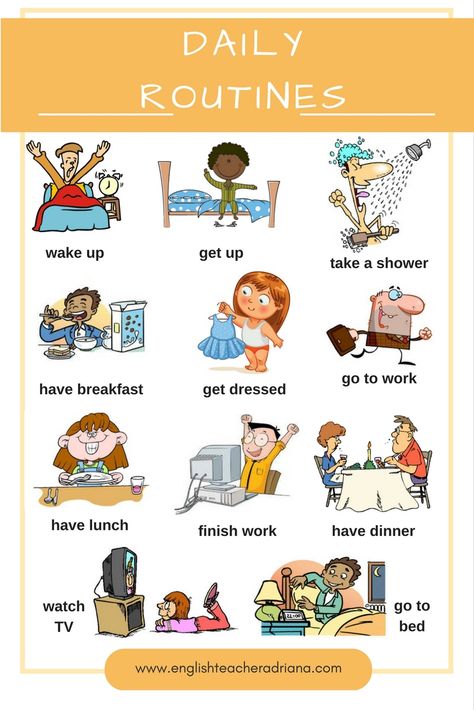 No task is too small—if you want to work "brush teeth" into your daily routine, put it on the list.
No task is too small—if you want to work "brush teeth" into your daily routine, put it on the list. -
Structure Your Day
Early birds tend to get things done most effectively before lunchtime while night owls get their burst of energy in the evenings. Think about when you work best. Then, group your tasks into the time of day that makes the most sense for when you will efficiently complete them.
- Mornings: Mornings are often about getting out the door, which can be its own challenge. Group all your early tasks, such as feeding and walking pets, preparing breakfast, or putting dinner in the slow cooker. For the rest of the morning, consider tasks you'll want to do while you're still fresh. Also, think about tasks that you tend to dread or procrastinate starting. Schedule them for the morning, so they're not looming over you all day.
- Midday: This is a tricky time of day because your energy levels—and perhaps the caffeine from your morning coffee—have likely dissipated.
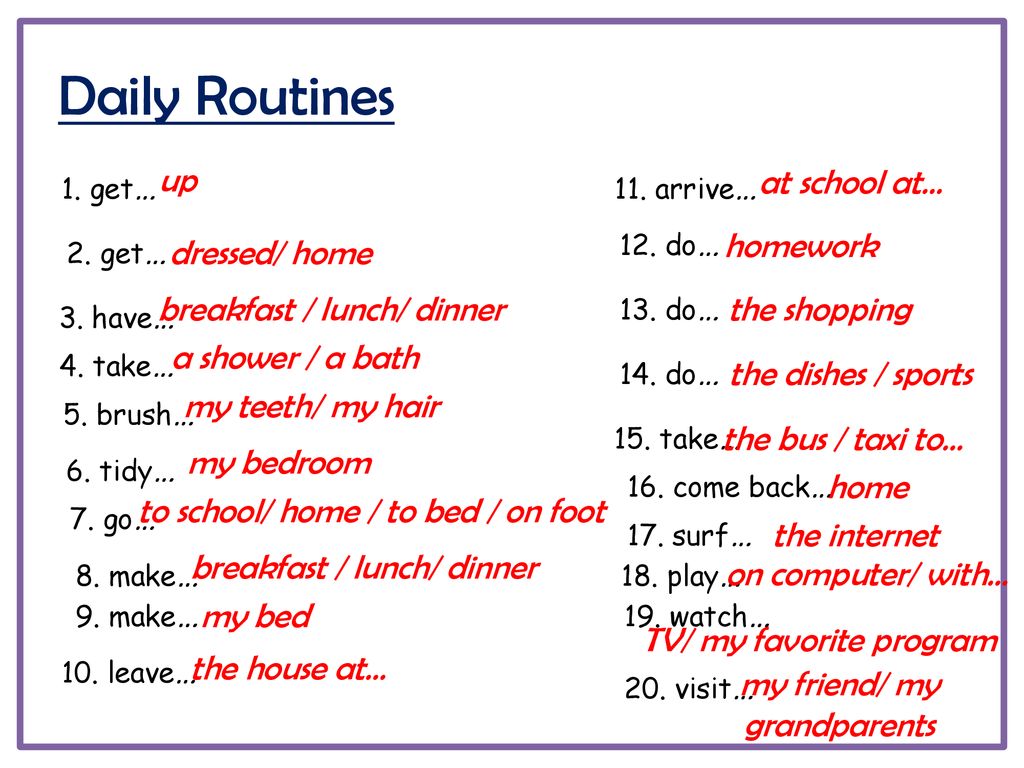 This is a good time to do the boring, routine stuff that doesn't take a lot of brainpower. Use midday time for tasks like answering emails, setting appointments, and running errands. If you are based at home during the day, it's a good time to handle routine cleaning, such as emptying and loading the dishwasher or scrubbing the bathroom.
This is a good time to do the boring, routine stuff that doesn't take a lot of brainpower. Use midday time for tasks like answering emails, setting appointments, and running errands. If you are based at home during the day, it's a good time to handle routine cleaning, such as emptying and loading the dishwasher or scrubbing the bathroom. - Evening: Evenings work best for planning and preparing for the next day. Lay out your clothes, pack lunches, and declutter the spaces that tend to be drop zones, such as mail piles.
-
Get Specific (Optional)
Get as specific as you want with your outline of tasks. For example, write a daily morning routine that looks something like this to account for time:
- 6:00: Wake up, shower
- 6:30: Breakfast, brush teeth
- 7:00: Leave the house
- 7:15: Drop off kids at school
- 7:30: Arrive at the office
You might prefer that level of detail—at least until you get the hang of your routine.
The Spruce / Ruthie Darling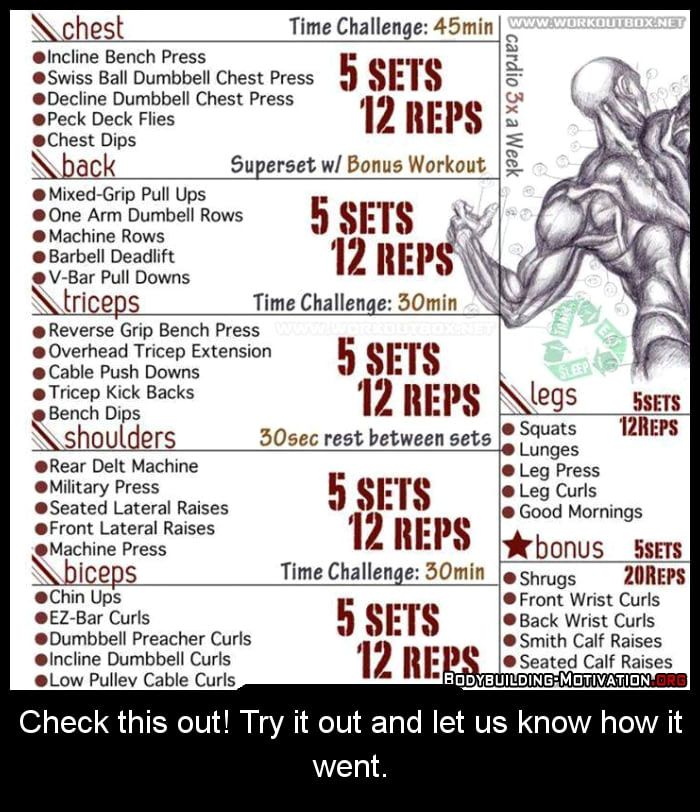
-
Schedule Time for Flexibility
The goal of creating a daily routine is to harness your most productive hours for challenging tasks and your least productive hours for mundane tasks. But life happens so prepare for unplanned events by keeping some flexible free time within your routine.
For instance, you might have a doctor's appointment during your usual work time. Or you have a social gathering at the time you typically prep the next day's lunches. Scheduling blocks of free time into your daily routine helps you shift tasks around while keeping things flowing smoothly in spite of atypical events and you'll never feel pressed for time.
The Spruce / Ruthie Darling -
Test Drive Your New Routine
Once you've created your daily routine, take it for a test drive. Ask yourself:
- How does your daily routine feel?
- Did you schedule your tasks at times that make sense?
- Do you need to adjust anything?
Commit to the routine for at least 30 days.
The Spruce / Ruthie Darling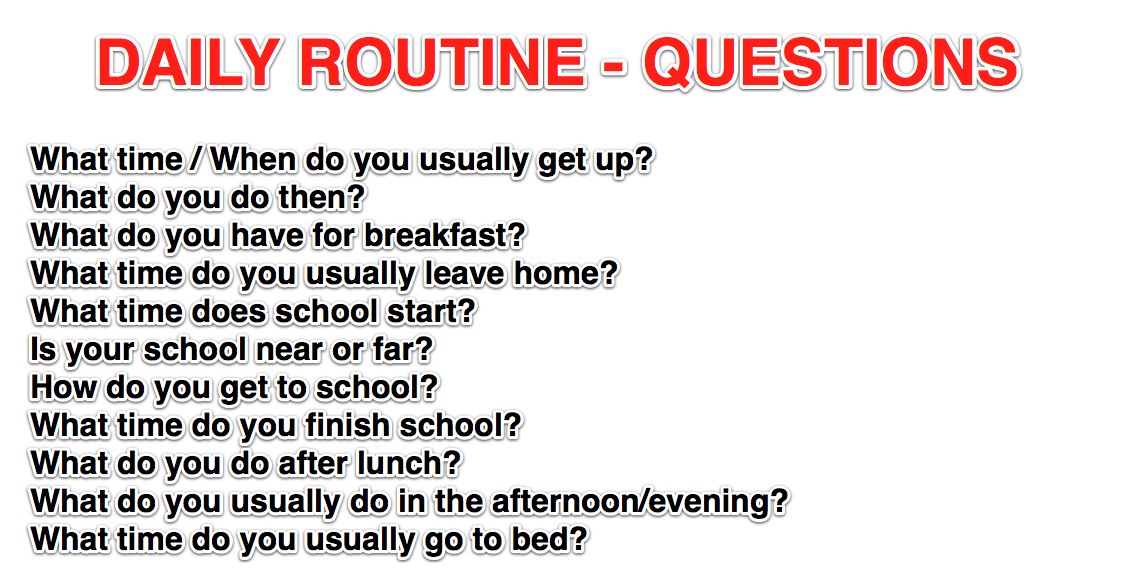 Tweak any scheduling that isn't working out. Once your tasks are slotted into the right spots, sticking to your daily routine will be easier.
Tweak any scheduling that isn't working out. Once your tasks are slotted into the right spots, sticking to your daily routine will be easier.
Creating a daily routine can seem daunting, but you will soon reap the rewards when your productivity soars, morning meltdowns are reduced, and you suddenly have pockets of free time. Nothing is written in stone. Keep tweaking as things change in your life. Follow the same steps you used to create your initial routine to form new and productive habits.
12 morning and evening routines that will set up each day for success
For the third time this week, you hit snooze one too many times, so now you only have 20 minutes to shower, eat, let the dog out, and be camera ready for back-to-back Zoom meetings. The day's barely begun, and you're already feeling discombobulated and overwhelmed. Long before the week is over, you're burned out, and you know you won't finish everything on this week's task list.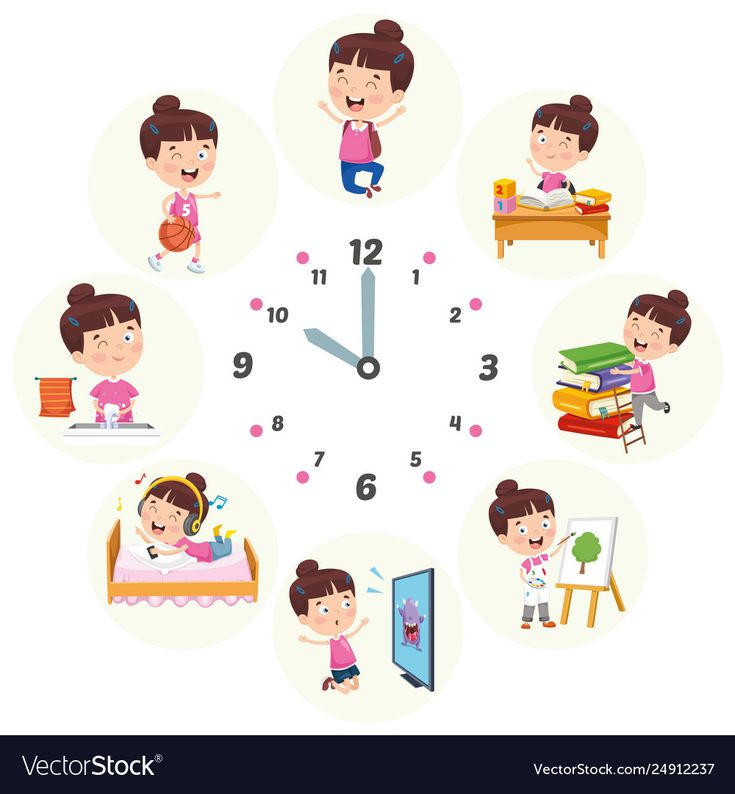
How do you get out of this miserable rut? One word: Routines.
Morning and evening routines prime you for success. They help you achieve more, think clearly, and do work that actually matters. They keep you from stumbling through your day and make sure you get the most important things done.
All it takes is a bit of discipline, along with routines that will set you up for success. Here are the what and why of routines, along with 12 morning and evening routines you can implement to create more productive days.
The science of habits and creating routines
6 morning routines to kickstart the day
6 evening routines that set the tone for the next day
The science of habits and creating routines
First, let's define what routine means: a routine is a sequence of actions that you do repeatedly.
Brushing your teeth nightly and getting ready for bed is a routine. Waking up at 6 a.m. and exercising every morning is a routine.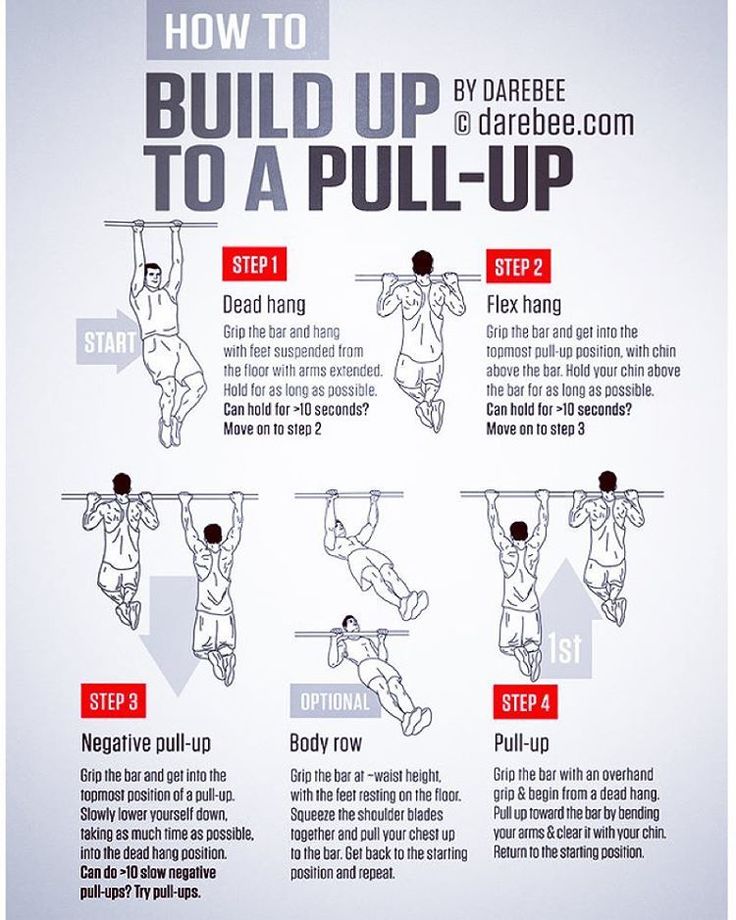 Purchasing a bagel and reading the news before you head to work every morning is a routine. Even eating chips while watching Netflix is a routine. They're all actions that happen again and again—a rhythm in your daily life.
Purchasing a bagel and reading the news before you head to work every morning is a routine. Even eating chips while watching Netflix is a routine. They're all actions that happen again and again—a rhythm in your daily life.
That doesn't make them all good routines. They're simply routines by virtue of being done regularly. Helpful or not, every routine is powerful.
Routines create high achievers
We are what we repeatedly do. Excellence, then, is not an act, but a habit.
Aristotle
In his book Daily Rituals: How Artists Work, Mason Currey writes about the habits, routines, and rituals of hundreds of artists, including Maya Angelou, Frederic Chopin, Haruki Murakami, Nikola Tesla, and Louis Armstrong. Even though their routines varied wildly, each individual had steps they followed to put them in an optimal state of mind.
After studying the great artists, Currey came to this conclusion:
"In the right hands, [a routine] can be a finely calibrated mechanism for taking advantage of a range of limited resources: time (the most limited resource of all) as well as willpower, self-discipline, optimism.
A solid routine fosters a well-worn groove for one's mental energies and helps stave off the tyranny of moods."
Media mogul Shonda Rhimes has a strict morning routine to get her into a creative state of mind: eating breakfast, exercising, and writing from 8 a.m. until noon while listening to music. Productivity expert and author James Clear (a Zapier user!) has a simple "pre-game routine" to kickstart his day: pouring a cold glass of water.
Whether it's a multi-step routine or one tiny act that tells your brain it's time to get into work mode (or whatever mode is needed), high achievers tend to find routines that work for them and that they can stick to—it's typically something they credit as core to their success.
Routines put our brains on autopilot
But what makes the routines of high achievers so powerful? As it turns out, we're creatures of habit and can use that to accomplish whatever we want. In The power of habit: Why we do what we do in life and business, Charles Duhigg details how habits put our brains into an automatic state where little or no willpower is required.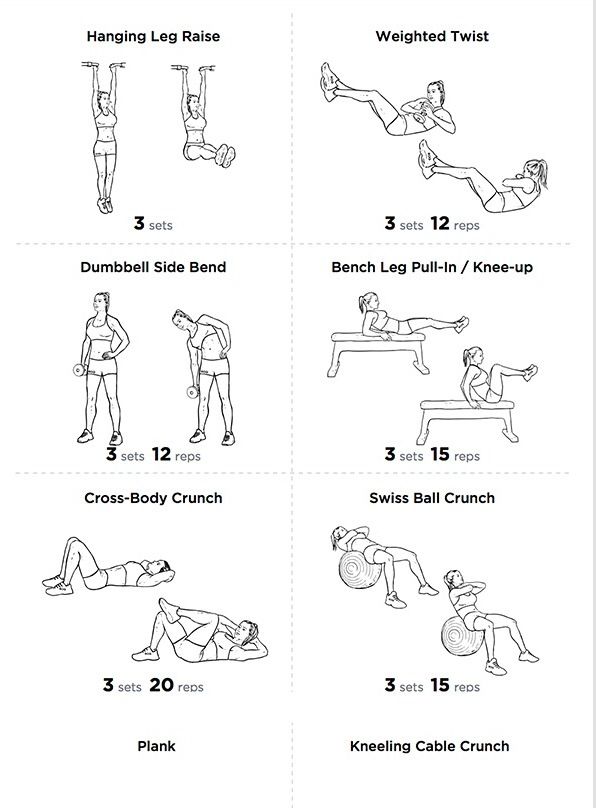
It works like this:
Step 1: Something happens that serves as a cue to your brain, putting it into "automatic" mode. A simple example is waking up. When I wake up, my brain immediately knows that it's time to turn on the coffee machine. This habit has been ingrained in my brain over years.
Step 2: Execute the routine. This is where I actually turn on the coffee machine, wait for it to brew, pour it into my favorite mug, sit in a chair by the kitchen window, and finally drink the coffee.
Step 3: Reap the rewards of the routine. The delicious flavor and high-octane caffeine reinforce the routine so that the next morning I repeat it again.
Making coffee is just one small routine, but the daily consistency of it helps keep me going. Imagine if other, more powerful tasks that can empower you to accomplish big things came as easy as making coffee?
This is the power of routines.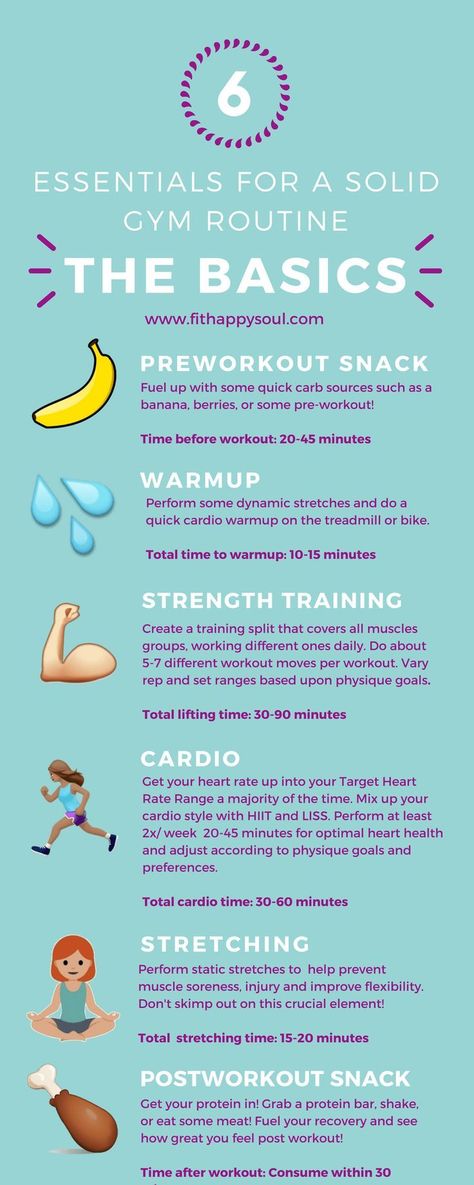 The small, repeated actions can have an exponential effect. By implementing routines in the morning and evening, you can prime yourself for maximum productivity each day.
The small, repeated actions can have an exponential effect. By implementing routines in the morning and evening, you can prime yourself for maximum productivity each day.
Habits vs. routines vs. rituals
Wondering what the difference is between habits, routines, and rituals? Here's a handy cheat sheet.
Habits are things that you do automatically, like checking your email first thing in the morning or putting your keys in a specific spot when you get home.
Routines are usually a collection of habits or actions you do on a regular basis to bring order to your day, such as checking your email and then writing your day's to-do list as a way of getting the day started.
Rituals are like routines with one key difference: your attitude behind the actions. For example, taking a walk every day at lunch could be considered a routine if you think of it as something you need to do for your productivity.
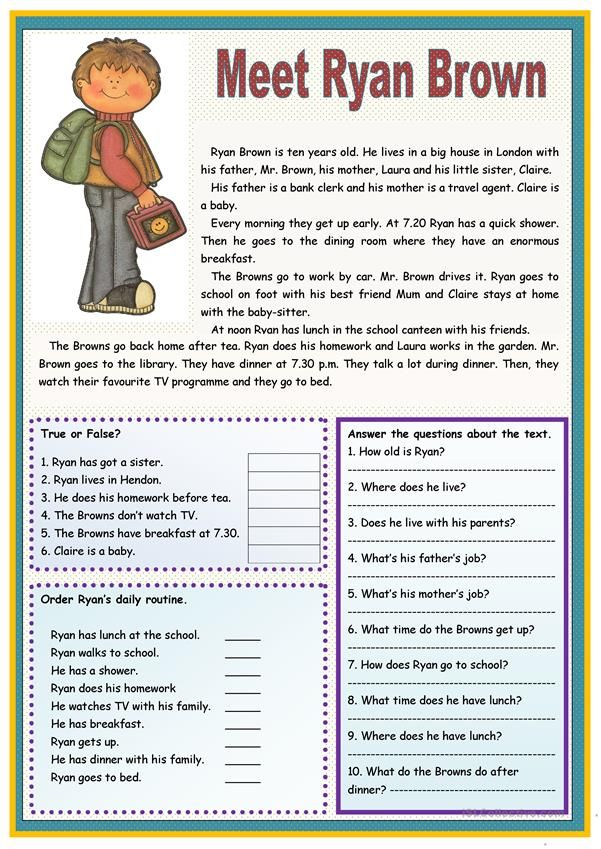 Or it could be a ritual if you think of it as a way to break out of the mundane and enjoy nature. Most routines could be turned into rituals with a change of perspective.
Or it could be a ritual if you think of it as a way to break out of the mundane and enjoy nature. Most routines could be turned into rituals with a change of perspective.
6 morning routines to kickstart your day
While everyone's routines vary—from writing uncensored pages to start the day to no-social-media mornings—the key is to find a routine that works for you and that you can consistently do. Regardless of your morning schedule, here are six of the best ways to start your day and set yourself up for success.
1. Rise early
There are plenty of accomplished night owls, but many high achievers rise early in order to prepare for the day. In those early hours, they can execute their routines while the rest of the world is asleep.
Consider these examples:
Virgin Group founder Richard Branson wakes at 5:45 a.m. to kitesurf and eat a proper breakfast.
Former PepsiCo CEO Indra Nooyi used to wake up at 4 a.m. to read her emails before getting to work no later than 7:30 a.
 m.
m. Twitter co-founder Jack Dorsey rises at 5:30 a.m. so that he can go for a six-mile jog.
Even if they aren't naturally morning larks—the opposite of night owls—they've trained themselves to wake up early for the many benefits an early rise can bring. Those include increased productivity with fewer distractions and greater creativity due to an energized mind. It could make you happier, too. In one study, researchers found that morning-type individuals reported higher levels of positivity and well-being.
Tip: Even if you're a night owl, you can train yourself to become a morning person using practical strategies such as keeping your curtains slightly open or ditching that second cup of coffee.
2. Make your bed
If there's one habit you should adopt to improve your life, it's making your bed every day. That, at least, is the advice from Navy Seal Admiral William H. McCraven:
"If you make your bed every morning, you will have accomplished the first task of the day.
It will give you a small sense of pride, and it will encourage you to do another task, and another, and another. And by the end of the day that one task completed will have turned into many tasks completed.
Making your bed will also reinforce the fact that the little things in life matter. If you can't do the little things right, you'll never be able to do the big things right. And if by chance you have a miserable day, you will come home to a bed that is made—that you made. And a made bed gives you encouragement that tomorrow will be better."
It's all about the small things.
3. Recite affirmations
Affirmations are positive statements you can use to reframe how you think about yourself and the day to come. They're also helpful for overcoming negative self-talk. A great example of affirmations in action is four-year-old Jessica having a particularly great day, resulting in one of YouTube's greatest hits.
And if you're looking for more examples, here are some simple affirmations you could use in your daily life:
I'm doing my best, and that's more than enough.
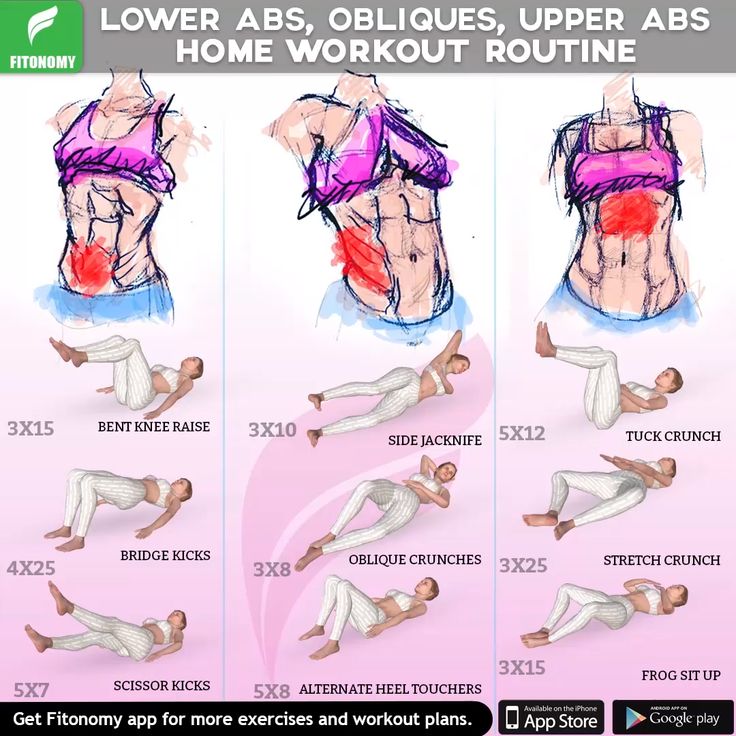
I will be promoted to [insert job title] by [insert date].
I don't have confidence, I have evidence.
Your aim is to affirm and visualize the things you want to happen. As you focus on these things, you begin to believe that you can and will achieve them, which then enables you to take action on them.
Although it might sound wishy-washy to some, affirmations are effective tools for self-improvement.
4. Get some exercise
There are few things more transformative than starting your day with physical activity. Exercising in the morning increases blood flow, releases endorphins, and strengthens your body. It prepares you for the coming day, increases your overall energy levels, and helps you remain in optimal health. Additionally, numerous studies have shown that regular exercise can help you manage symptoms of depression and anxiety.
And you don't have to work out in a gym to reap the benefits: a brisk walk in your neighborhood, a seven-minute workout, or a quick yoga session are all great options to start your day.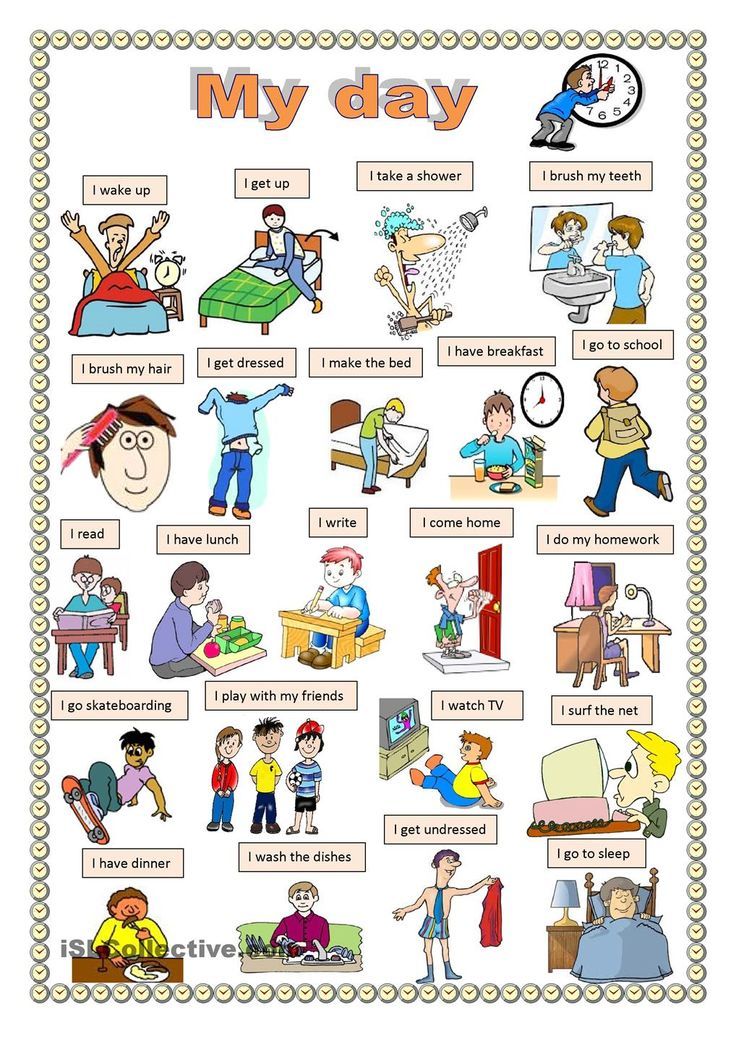
Need more motivation to get moving? Try tracking your activity automatically with Zapier, a no-code automation tool. With logs of your runs or workouts, you can see your progress and challenge yourself to keep at it. Here are a few Zap templates (what Zapier calls their pre-built workflows) to get started.
Create detailed Google Calendar events from new Runkeeper activities
Create detailed Google Calendar events from new Runkeeper activities
Try it
Runkeeper, Google Calendar
Runkeeper + Google Calendar
Archive Runkeeper activities in Google Sheets
Archive Runkeeper activities in Google Sheets
Try it
Runkeeper, Google Sheets
Runkeeper + Google Sheets
Add completed MapMyFitness workouts to Google Sheets
Add completed MapMyFitness workouts to Google Sheets
Try it
MapMyFitness, Google Sheets
MapMyFitness + Google Sheets
5.
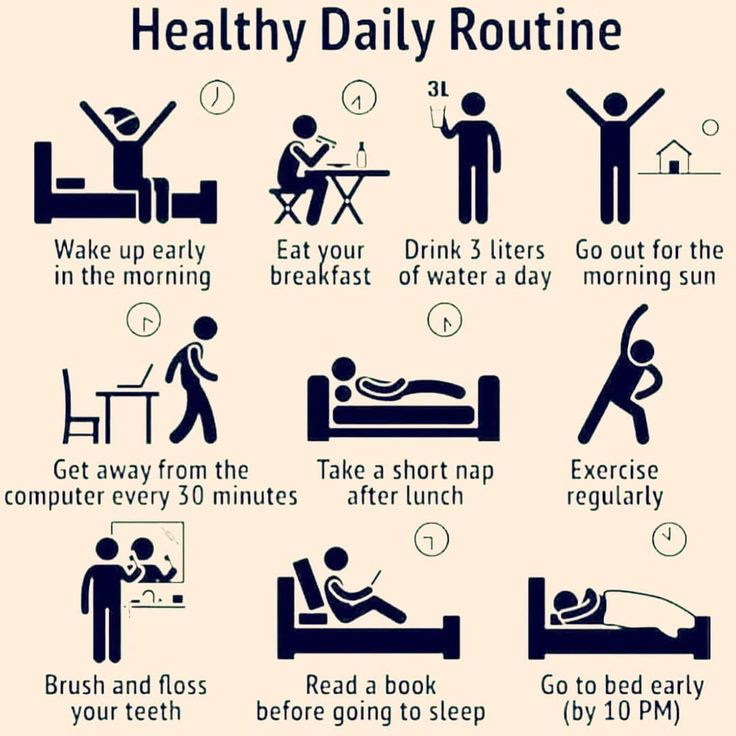 Eat a nutritious breakfast
Eat a nutritious breakfastThe food you consume in the morning has a significant effect on your mood, energy levels, and ongoing performance. That's why your first meal of the day should be rich with nutrients.
Registered dieticians Jessica Jones and Wendy Lopez recommend staying away from sugar-heavy breakfast bites, such as croissants and sweet breads. Instead, they suggest a healthier breakfast mix:
Lean proteins (eggs, greek yogurt, or tofu)
Healthy fats (avocado, nut butters, or flax seeds)
Complex carbohydrates (oatmeal, steel cut oats, or whole grain toast)
Fruit and/or veggies
These nutrient-dense foods will give you energy and satisfy your food cravings while setting the stage for good decisions throughout the day.
6. Take a cold shower
This one may seem a little extreme, but many people swear by taking cold showers each morning. It's similar to a re-energizing cold plunge, although slightly less frigid.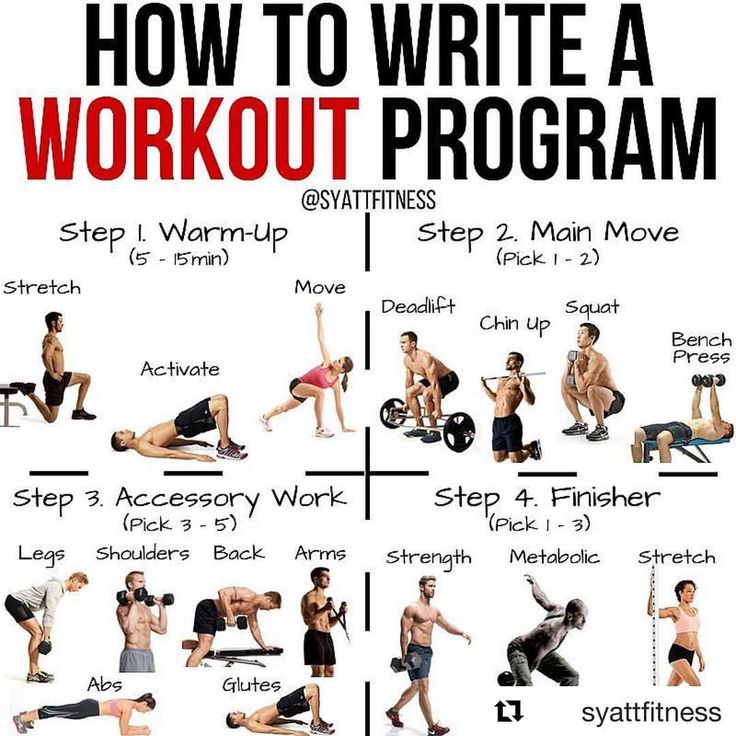
Why a cold shower? Some studies show a link between cold exposure and an increase in various brain chemicals associated with well-being such as noradrenaline. While research on cold immersion is still emerging, the anecdotal evidence is enough to get these scientists jumping into frigid waters every day:
NYU neuroscientist Wendy Suzuki takes cold showers every morning because it makes her "feel so alive."
Neuroscientist and dopamine researcher Kenneth Kishida comes out the other side of cold showers in "higher spirits."
These might seem like minor things—waking up early, making your bed, saying your affirmations, exercising, eating a good breakfast, and taking a cold shower—but taken together into one consistent daily routine, and you're well prepared to face anything that happens after. A morning routine takes the stress out of the start of the day and puts you on the best footing from the get-go.
Of course, you should customize your morning routine for your own preferences.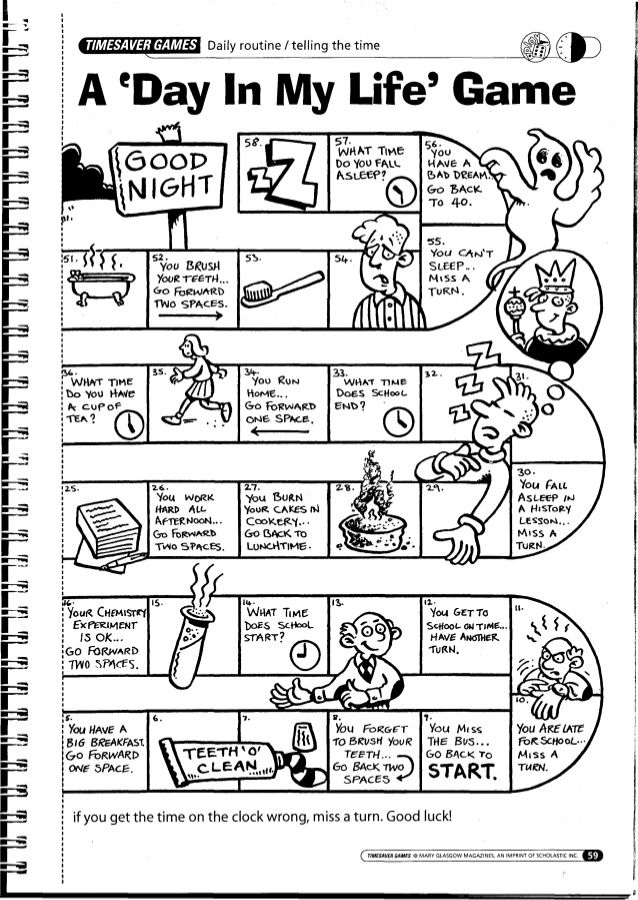 My morning routine offers 200+ examples of morning routines you can adapt and adopt for yourself.
My morning routine offers 200+ examples of morning routines you can adapt and adopt for yourself.
6 evening routines that set the tone for the next day
The close of each day is just as important as the start. By implementing evening routines, you minimize the resistance you encounter in getting things done, recharge with a restful night, and ready yourself for the next morning.
1. Prepare goals for the next day
Determining your objectives for the coming day does two things.
First, it allows you to identify your most important tasks in advance—before all the pressures of the day arrive on your doorstep. Ideally, the first few hours of each day should be spent conquering your most challenging task. This idea has been given various names, such as "eating the frog" and "slaying the dragon."
Second, it allows your brain to begin thinking about those tasks as you fall asleep. In their book Organize tomorrow today: 8 ways to retrain your mind to optimize performance at work and in life, authors Jason Selk, Tom Bartow, and Rudy Matthew say:
"Identifying daily priorities might seem like an obvious or insignificant step to take, but writing your most important tasks down the previous night turns your subconscious mind loose while you sleep and frees you from worrying about being unprepared.
You'll probably find that you wake up with great ideas related to the tasks or conversations that you hadn’t even considered!"
2. Reflect on your daily achievements
It can be easy to lose sight of your victories after a long day. Taking just a few moments at the end of the day to reflect on and celebrate your wins puts things into the proper perspective and gives you encouragement for the coming day. It can also help you overcome the discouragement that often comes with setbacks.
Zen Habits author Leo Babauta puts it this way:
"If you reflect on the things you did right, on your successes, that allows you to celebrate every little success. It allows you to realize how much you've done right, the good things you've done in your life."
You can do this in a variety of ways, including jotting things down in a blank notebook, a gratitude journal, or an app on your phone. Or you could automatically track your productivity with a time-tracking app and Zapier.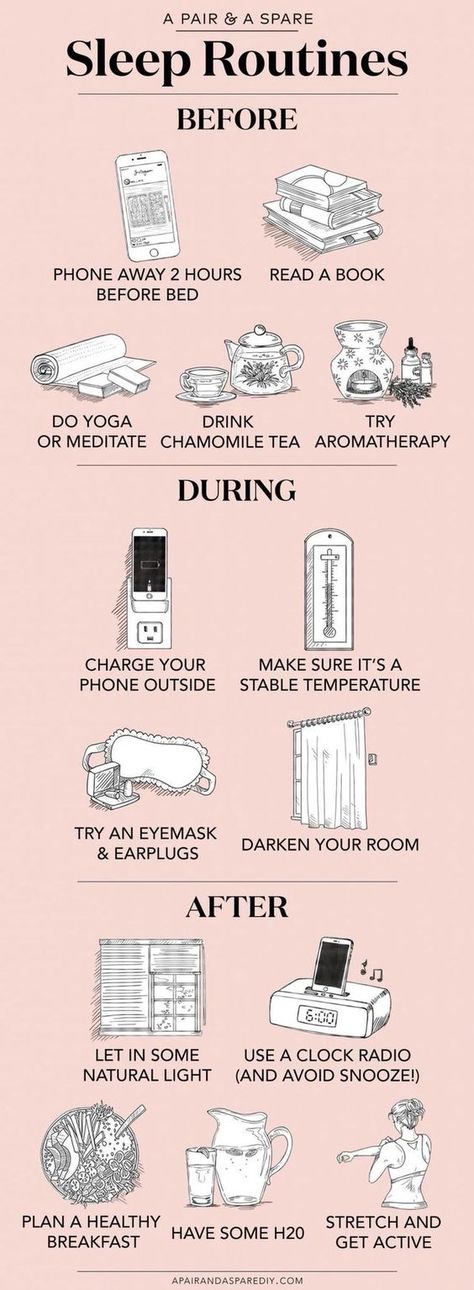
Get daily RescueTime summary reports via Gmail
Get daily RescueTime summary reports via Gmail
Try it
RescueTime, Gmail
RescueTime + Gmail
Turn new time entries in Toggl into daily highlights in RescueTime
Turn new time entries in Toggl into daily highlights in RescueTime
Try it
Toggl, RescueTime
Toggl + RescueTime
Add new rows to Google Sheets with daily RescueTime summary reports
Add new rows to Google Sheets with daily RescueTime summary reports
Try it
RescueTime, Google Sheets
RescueTime + Google Sheets
3. Clear your head
It's easy to take your work to bed, making it difficult to fall asleep as you mull over the stack of paperwork waiting on your desk or the disagreement you had with a coworker.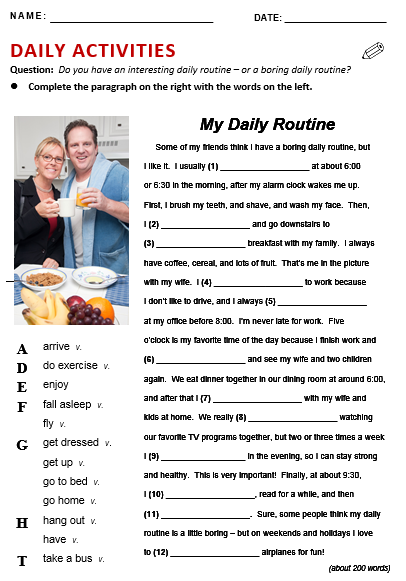 Clearing your head before sleep allows you to put aside the challenges of the day and ready your mind to shut down. There are numerous ways to do this, including:
Clearing your head before sleep allows you to put aside the challenges of the day and ready your mind to shut down. There are numerous ways to do this, including:
Meditation
Light reading
Playing Tetris (for productivity!)
Watching a peaceful television show (The Walking Dead probably isn’t your best bet)
Journaling (do a "brain dump" of all the thoughts in your head)
Here's how Buffer CEO Joel Gascoigne clears his mind and disengages from the day:
"For me, this is going for a 20-minute walk every evening at 9:30 p.m. This is a wind-down period, and allows me to evaluate the day's work, think about the greater challenges, gradually stop thinking about work and reach a state of tiredness."
Your goal is to engage your mind in something completely non-work related.
4. Prepare for the next morning
In order to minimize the amount of thinking you need to do in the morning, take time to prepare things.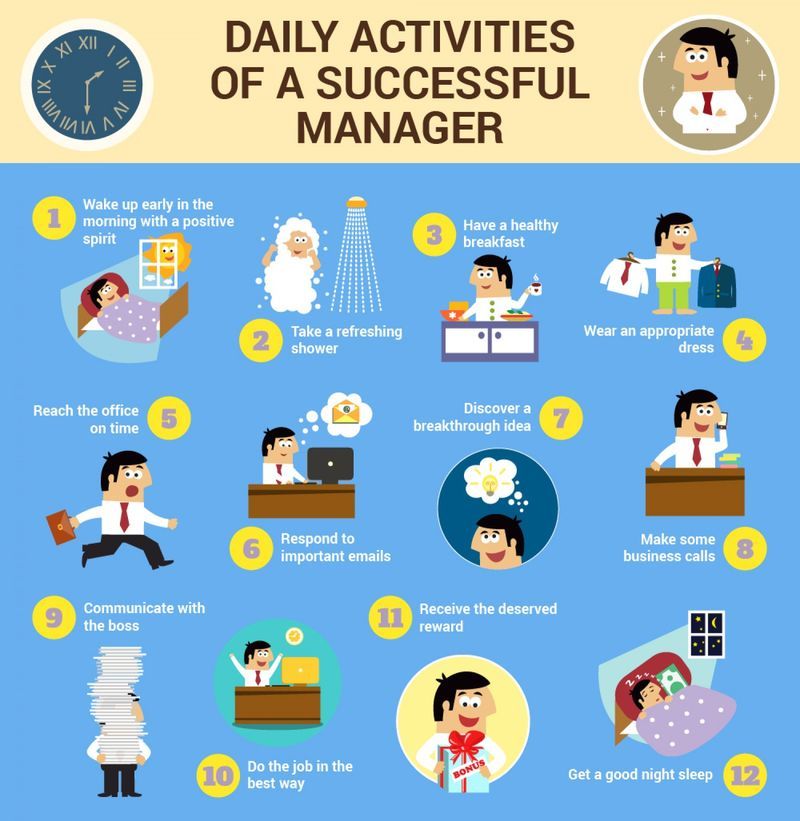 Pick out the clothes you'll wear, pack the food you'll eat (and your kids' lunches, if you're also in charge of keeping other people alive), prep the coffeemaker, and organize any work-related materials you need to bring. If you're going to the gym, lay out your workout clothes and water bottle.
Pick out the clothes you'll wear, pack the food you'll eat (and your kids' lunches, if you're also in charge of keeping other people alive), prep the coffeemaker, and organize any work-related materials you need to bring. If you're going to the gym, lay out your workout clothes and water bottle.
The less time and mental energy you expend on inconsequential things, the more you'll have for the things that matter.
5. Tidy up
Waking up to a messy home isn't the most motivating way to start your day. Without regular sessions cleaning up and putting things away, you'll find your place quickly in disarray.
Spending just 10 to 20 minutes a night tidying up will help reduce stress in the mornings and help you avoid marathon cleaning sessions on the weekends. If cleanliness and organization don't come naturally to you, that's ok—try to do the next small thing.
6. Practice proper sleep hygiene
Very few people practice proper sleep hygiene, and their sleep suffers as a result.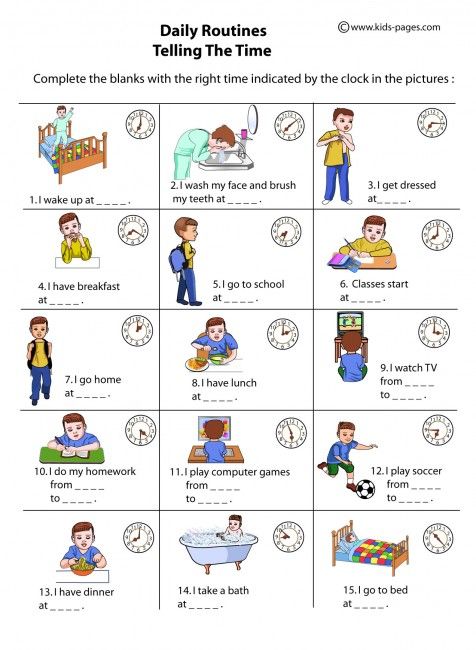 Generally speaking, you should:
Generally speaking, you should:
Stick to the same sleep and wake schedule.
Minimize blue light from screens (this can be done using F.lux on your computer and "Night Mode" on your mobile device).
Set the temperature in your room to between 60-65°F (15-18°C).
Make your room as dark as possible.
It can be easy to minimize the importance of sleep, but it's absolutely essential for optimum performance.
To develop consistent morning and evening routines, try creating a checklist that you walk through every morning and night until it becomes ingrained in you. You can also use your phone to automate the first step in your wake-up routine. For example, you can use your alarm to trigger Spotify to automatically play your morning tunes.
While building routines may feel tedious at first, try to stick with it. The more consistent you are, the more you'll find them seamlessly folding into your daily life—to the point where you may find it harder to not do them.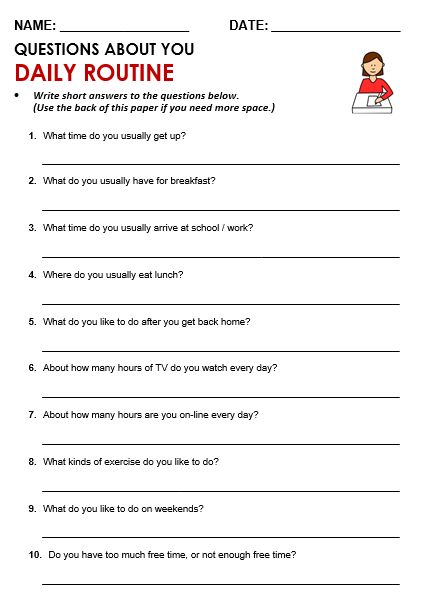
Related reading:
The 6 best habit tracker apps
Lacking motivation? Create a personal best challenge bot.
5 daily scheduling methods to bring more focus to your day
Why mindfulness makes you more productive—and how to make it work for you
Control what you can to avoid feeling overwhelmed
How to build habits that will last all year
This article was originally published in April 2019. The most recent update, with contributions from Jessica Lau, was in December 2022.
Process for obtaining rutin from vegetative mass of buckwheat
I. GENERAL DESCRIPTION
Sentence summary
Kyiv National Taras Shevchenko University (Ukraine) proposes a method for obtaining rutin from the vegetative mass of buckwheat, which can be used in the pharmaceutical industry for the manufacture of medicines with P-vitamin activity. The method provides a high yield of rutin from raw materials, environmentally friendly and fireproof.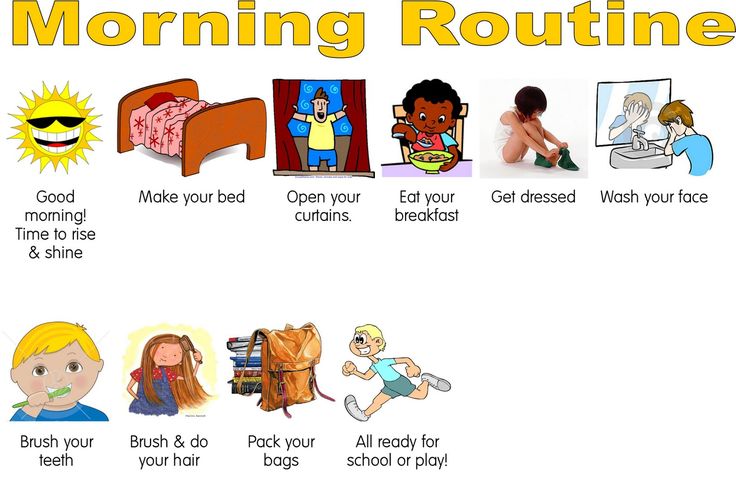
The University is looking for investors and partners to organize a common production and implementation of the routine.
Offer description
The proposed method allows to establish domestic production of rutin (vitamin P) from agricultural waste, namely the vegetative mass of buckwheat, which remains after harvesting the grain.
Rutin is a biologically active compound of natural origin, which is widely used in medical practice in the treatment of cardiovascular diseases, as an antioxidant and a potential antitumor factor.
The productivity of the vegetative mass of buckwheat in terms of routine is 40 kg/ha. The final yield of rutin obtained by the proposed method is 34 kg/ha. At the cost of rutin in the domestic market - 90 UAH, the economic efficiency of obtaining rutin from 1 ha of buckwheat crops is 3060 UAH. ha.)
Innovative aspects and advantages of the proposal
The implementation of the method allows the customer to obtain a high-quality routine that
meets the requirements of the pharmaceutical article for a pharmacological preparation.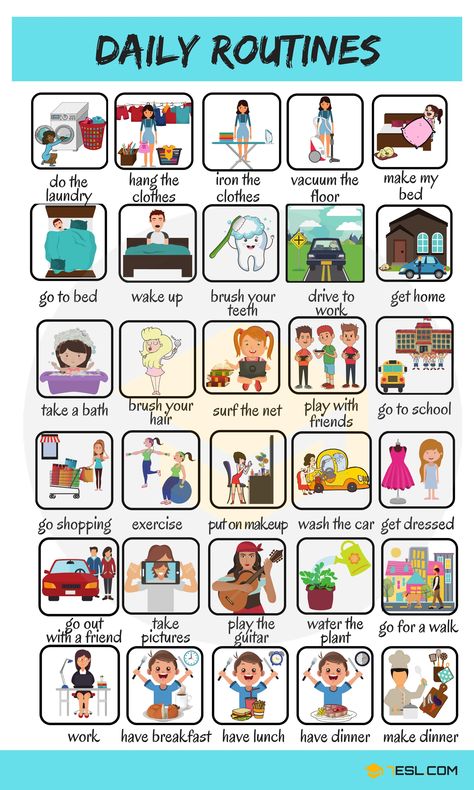 In addition,
In addition,
the use of vegetative mass, waste when growing buckwheat, makes it possible for
to have additional profit in addition to profit from the sale of grain.
Technology keywords
Biotechnology, pharmaceuticals, agriculture, extraction, filtration.
Additional information (technical details)
Rutin production process includes the following technological steps:
1. Grinding of vegetable raw materials;
2. Rutin extraction;
3. Filtration of the extract;
4. Crystallization and separation of rutin;
5. Washing and drying of the finished product.
Current stage of development
NDR, lab test
Dummy, research sample
Production sample
Already on the market
Additional information
Market research conducted
There is a business plan
DKR, design documentation
Interim NDDKR, additional studies
Other (specify): ?????
Intellectual property rights
Patent application submitted
Patent granted
Copyright
Know-how
Exclusive right 90
Other (specify): ?????
Comments:
1.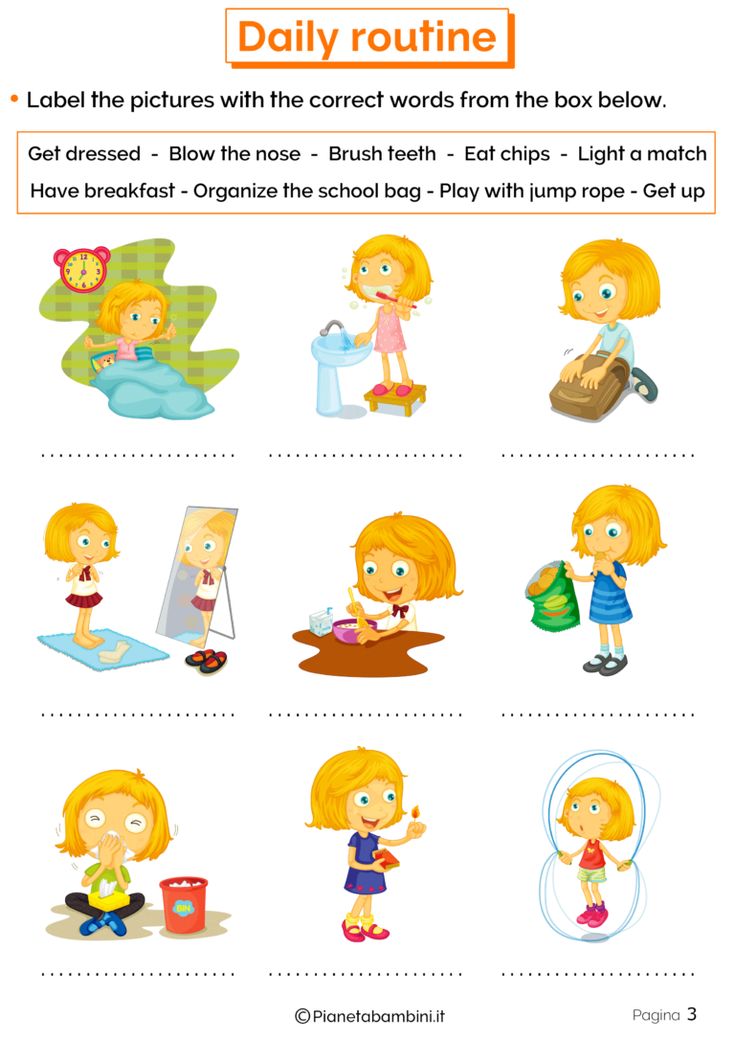 Kosyan A.M. Declarative patent for a utility model "Method for obtaining routine" No. 12544, bul. No. 2/2006 dated. 02/15/2006 ..
Kosyan A.M. Declarative patent for a utility model "Method for obtaining routine" No. 12544, bul. No. 2/2006 dated. 02/15/2006 ..
2. Kosyan A.M., Taran N.Yu., Sitar O.V. Certificate of registration of copyright for the work "Development of the latest technology for obtaining rutin (vitamin P) from the vegetative mass of buckwheat" // No. 25081. - Kyiv, 07/28/2008.
II. APPLICATIONS
Market Use Codes
(Choose up to 5 keywords 2-3 levels from the list that is being added)
Pharmaceuticals, nutritional supplements, vitamins
Existing and potential uses
Pharmaceutical industry, veterinary medicine, agriculture, food industry
III. COOPERATION
Type of cooperation required:
1. License agreement
2. Technical cooperation
General further development
Trial of new applications
Customization to customer requirements
3. Shared enterprise agreement
4. Manufacturing Agreement (subcontracting & general contracting)
Adaptation of technology to new materials
New way of using an existing production line
Change of existing technologies (plants, processes.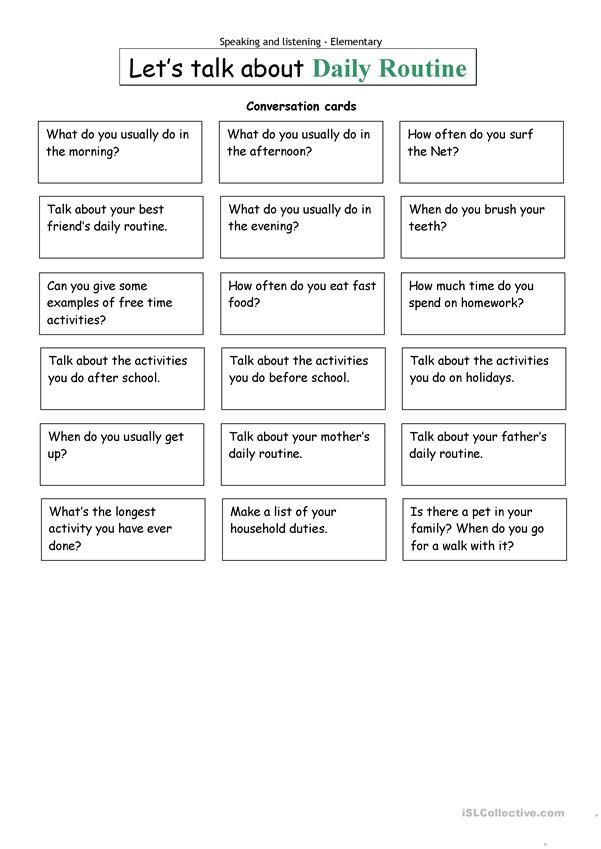 ..) of a potential partner
..) of a potential partner
Fundamentally new process
5. Commercial agreement with technical assistance
Assembly
Design and customization
Technical consulting
Quality control
Maintenance
6. Financial resources
Comments:
Type of partner sought: Enterprises engaged in the processing of vegetable raw materials
Partner's field of activity: Pharmaceutical industry, agriculture
Tasks facing the partner: Provision of vegetative mass of buckwheat and its processing, financial support.
Beneficial countries: Ukraine, Japan, Germany, Poland, China
What is the difference between habit, routine and ritual and how to get the most out of them
March 20, 2022 Productivity
This knowledge will help you fill every day with meaning and increase your personal productivity.
No matter how much we want every day to be different, we still repeat the same actions for weeks and months.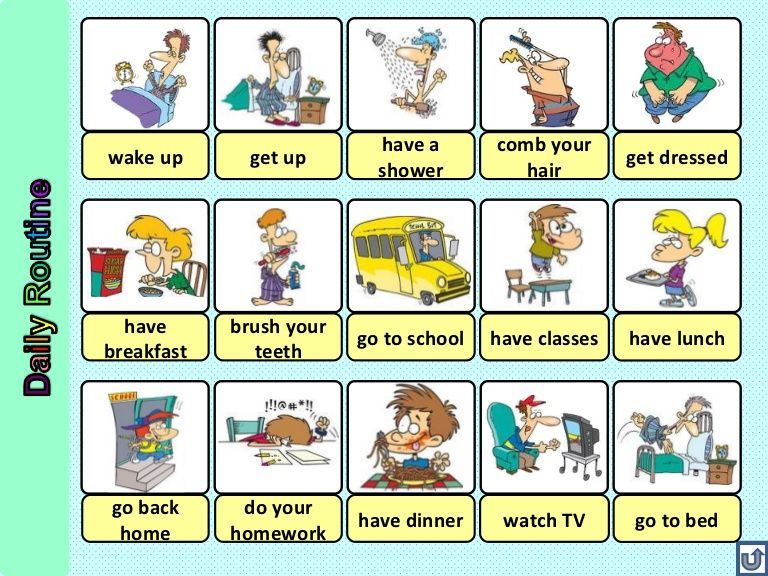 After all, routine and habits are an integral part of life. It is absolutely natural for us to make our bed in the morning, drink coffee, chew something on the way to work and listen to music in the car or subway.
After all, routine and habits are an integral part of life. It is absolutely natural for us to make our bed in the morning, drink coffee, chew something on the way to work and listen to music in the car or subway.
We consider the words "habit" and "routine" almost synonymous, but they mean completely different things. And if we understand exactly how they differ from each other, then we will learn much better to organize our every day and plan for the future.
What is the difference between habit and routine
The main difference between these concepts lies in our awareness and intentions. Both habits and routines are regular, repetitive activities. But habits are unconscious, while routine requires effort.
A habit is an impulse to do something that comes automatically from a specific trigger. For example, waking up is a trigger for the coffee drinking habit, and getting to work is a trigger for the listening to music habit. The stronger the connection between the trigger and the habit, the stronger it becomes ingrained.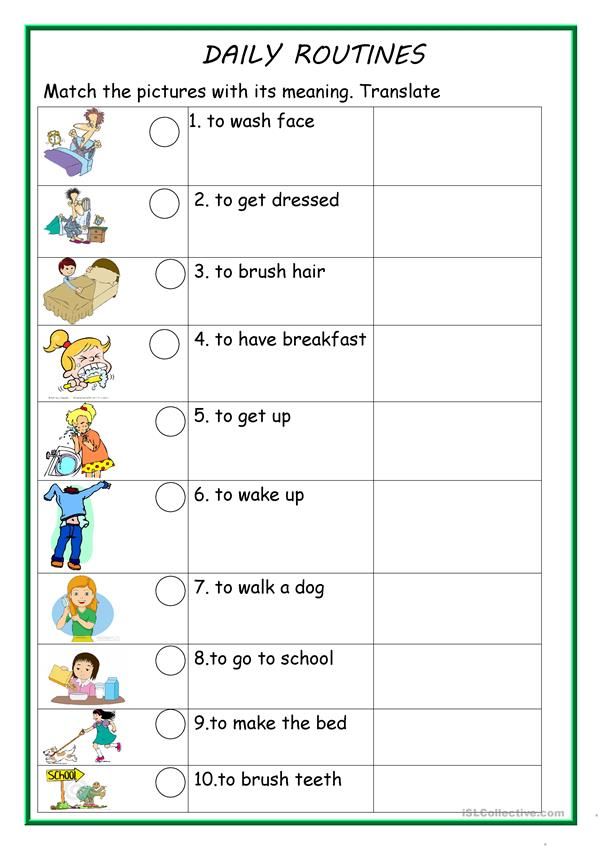
Routine, on the contrary, requires consistent efforts. Making the bed, going to the gym, meditating are all part of the routine. We need to do this regularly, otherwise such actions will simply disappear from our lives - the brain does not automatically trigger them, unlike habits.
Over time, with the right techniques, routines can be turned into habits. All you need is to really want it and follow a certain algorithm.
How to turn a routine into a habit
Many have studied how habits are formed, such as James Clear in Atomic Habits or Charles Duhigg in The Power of Habit. But the main idea of most authors comes down to the classic “habit loop”. It consists of three elements:
- Signal. This is a trigger that gives the brain a command to start acting. Find something that will nudge you into the action you want to turn into a habit.
- Template. This is the action itself. At first, it is better to choose something as simple and easy as possible, and postpone ambitious tasks for later.

- Award. Anything that brings you pleasure. Thanks to the reward at the end, the brain will understand that this “habit loop” is worth remembering for the future.
The hardest part is to execute the pattern right after the signal. But there are a few secrets that help to quickly introduce habits into our lives, such as the Habit Stack technique. It consists in adding new actions to those already fixed. Let's say meditate for 10 minutes every morning right after brushing your teeth.
Get to know the details 💡
- What is a stack of habits and how it makes life better
How to turn a routine into a ritual
The difference between routine and ritual lies in our attitude to each action. Routine is something we do because we have to, like washing dishes or taking a shower before bed. A ritual is a meaningful practice that has a specific purpose. The most important thing in it is our subjective experience, when we focus on our sensations and feelings, and not on the need to complete some action.

